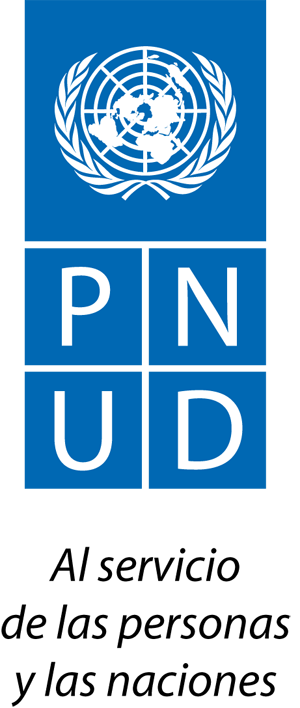
Goal 6: Clean water and sanitation
Ensure access to water and sanitation for all
Water scarcity affects more than 40 percent of people around the world, an alarming figure that is projected to increase with the rise of global temperatures as a consequence of climate change. Although 2.1 billion people have gained access to improved water sanitation since 1990, dwindling supplies of safe drinking water is a major problem impacting every continent.
In 2011, 41 countries experienced water stress; ten of them are close to depleting their supply of renewable freshwater and must now rely on non-conventional sources. Increasing drought and desertification is already exacerbating these trends. By 2050, it is projected that at least one in four people are likely to be affected by recurring water shortages.
Ensuring universal access to safe and affordable drinking water by 2030 requires we invest in adequate infrastructure, provide sanitation facilities and encourage hygiene at every level. Protecting and restoring water-related ecosystems such as forests, mountains, wetlands and rivers is essential if we are to mitigate water scarcity. More international cooperation is also needed to encourage water efficiency and support treatment technologies in developing countries.
Universal access to clean water and sanitation is one of 17 Global Goals that make up the 2030 Agenda for Sustainable Development. An integrated approach is crucial for progress across the multiple goals.
Learn more about the targets for Goal 6.
- By 2030, achieve universal and equitable access to safe and affordable drinking water for all
- By 2030, achieve access to adequate and equitable sanitation and hygiene for all and end open defecation, paying special attention to the needs of women and girls and those in vulnerable situations
- By 2030, improve water quality by reducing pollution, eliminating dumping and minimizing release of hazardous chemicals and materials, halving the proportion of untreated wastewater and substantially increasing recycling and safe reuse globally
- By 2030, substantially increase water-use efficiency across all sectors and ensure sustainable withdrawals and supply of freshwater to address water scarcity and substantially reduce the number of people suffering from water scarcity
- By 2030, implement integrated water resources management at all levels, including through transboundary cooperation as appropriate
- By 2020, protect and restore water-related ecosystems, including mountains, forests, wetlands, rivers, aquifers and lakes
- By 2030, expand international cooperation and capacity-building support to developing countries in water- and sanitation-related activities and programmes, including water harvesting, desalination, water efficiency, wastewater treatment, recycling and reuse technologies
- Support and strengthen the participation of local communities in improving water and sanitation management
The SDG Fund response
The SDG Fund brings together partners working on convergent aspects of water and sanitation: infrastructure, governance, health, education, environmental protection, and gender equality.
SDG Fund programmes apply a multisectoral approach to the problem of water and sanitation and include the following key dimensions:
- Promotion of democratic and transparent water and sanitation governance systems
- Improving access to water and sanitation services for the poor and marginalised
- Ensuring healthy lives
- Promoting integrated water governance and climate change adaptation.
For example,
- The Colombian Massif region is home to the most important watershed in the country. It’s also one of the largest reserves of fresh water in equatorial areas worldwide. Despite being designated as a UNESCO Biosphere Reserve, deforestation coupled with conflict, the emergence of illicit crops, and deregulated agricultural borders of indigenous rural communities in the last decade have deteriorated the region. In order to better assess the current state of water resources in the area and stimulate a major regional agreement for water, the SDG Fund is working with administrations, community councils, community aqueduct consumer boards, indigenous rural representatives and the education sector. The aim is to develop protection plans for the watershed and surrounding forests, and provide technical cooperation towards integrated water management.
- In the Philippines, the joint programme builds on the experiences and gains of previous programmes on water and sanitation and on climate change adaptation. It aims to empower citizens, especially women and girls, and communities with access to sustainable safe water and sanitation services.
- In Sri Lanka, the SDG Fund programme is carrying out surveys to gather data on the water and sanitation services availabile at all 10,000 schools. With this information, the Ministry of Education will ensure that all schools and students have access to clean water and sanitation, which is key to improve educational outcomes and nutrition status of students.

